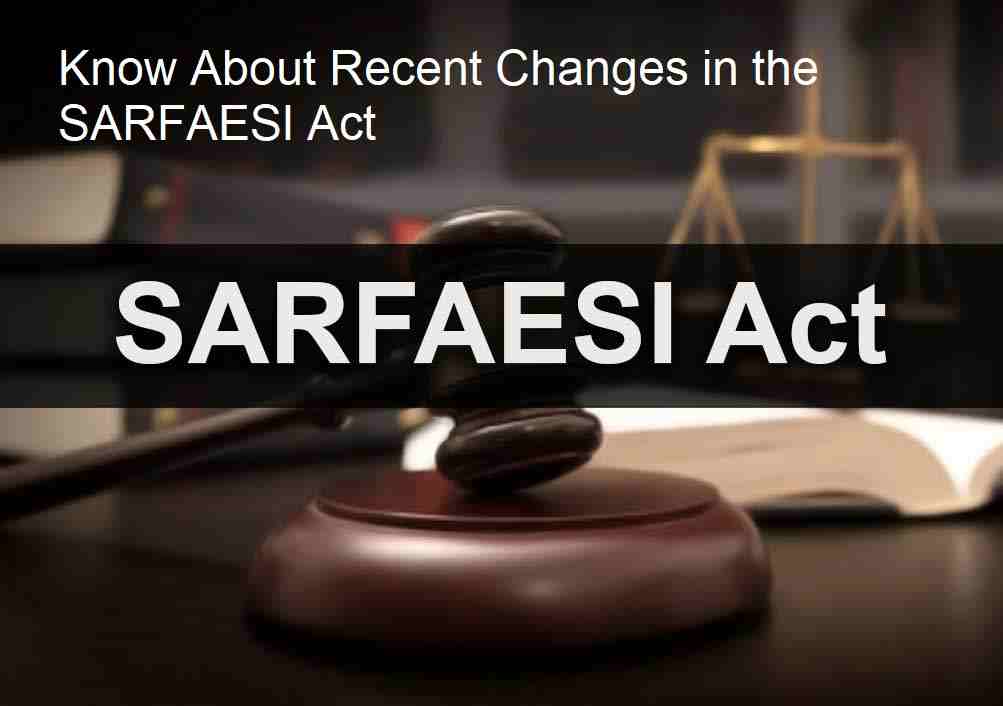The Securitization and Reconstruction of Financial Assets and Enforcement of Security Interest (SARFAESI) Act is an Indian law that allows banks and financial institutions to recover their non-performing assets by selling the secured assets without the intervention of the court. If you are looking to stop an auction under SARFAESI Act, you should be aware that it can be a complex and legally challenging process. Here is a general guide on how you can attempt to stop an auction under SARFAESI Act:
-
Review Your Case: Before taking any action, it's essential to understand the specifics of your case. Ensure you have all the relevant documents related to your loan, collateral, and the default.
-
Negotiation with Lender: Try to negotiate with your lender or financial institution to find an alternative solution to the auction. They may consider restructuring the loan, extending the repayment period, or other arrangements to avoid the auction.
-
Verify Compliance: Ensure that the bank or financial institution has followed all the procedures and legal requirements specified under the SARFAESI Act. Any deviation from the procedures may give you grounds to challenge the auction.
-
File a Representation: Under Section 13(3) of the SARFAESI Act, you have the right to make a representation to the bank's Authorized Officer explaining your objections to the action taken. The bank must consider your representation.
-
Seek Legal Advice: It's highly recommended to consult with a lawyer who specializes in SARFAESI cases. They can guide you on the legal aspects of your case and represent your interests effectively.
-
Approach the Debt Recovery Tribunal (DRT): If your representation is not considered or rejected by the bank, you can approach the Debt Recovery Tribunal (DRT) to file an appeal. The DRT is a quasi-judicial body that handles SARFAESI-related matters.
-
Stay Order: You can also apply for a stay order from the DRT to halt the auction proceedings. The DRT will review your case and grant a stay if they find merit in your case.
-
Judicial Review: If the DRT's decision is unfavorable, you can consider filing a writ petition in a High Court seeking a judicial review of the decision.
-
Settlement: You can continue negotiations with the lender at any point to reach a settlement or compromise that allows you to retain your property and pay off your debt.
-
Resort to Other Legal Remedies: If the SARFAESI proceedings have concluded, and you have lost your property, you can explore other legal options to seek redress, including challenging the legality of the auction process.
Remember that each case is unique, and the success of stopping an auction under the SARFAESI Act depends on various factors, including the specific circumstances of your case and the legal arguments presented. It's crucial to consult with a legal expert to navigate the complex legal process effectively.
Note:
-
Selling individual assets without requiring prior permission is permissible. If you decide to sell your own properties and use the proceeds to settle your debt, you can prevent the bank from taking further action.
-
Therefore, it is advisable to gather your personal resources and notify the court of your readiness to repay the loan. Upon satisfying the court with your commitment, it may grant a stay order, enabling you to fulfill your financial obligations.
-
This approach is the only way to halt the auction proceedings.
-
To halt the auction, it's essential to provide substantial evidence of your financial capability and a genuine to repay the debt. Without such evidence, stopping the auction is not possible.




